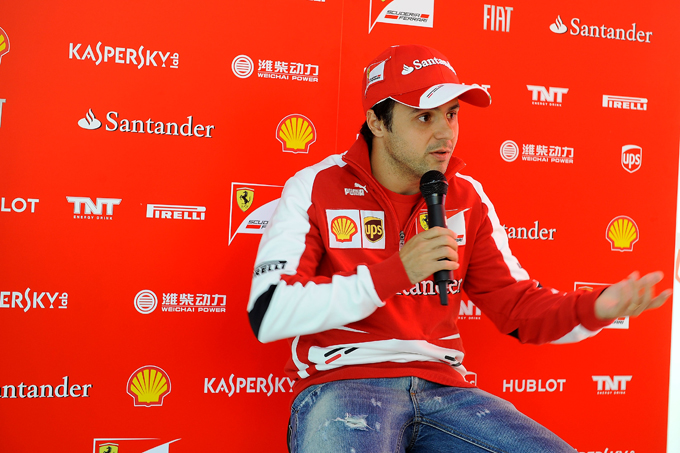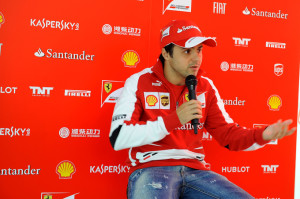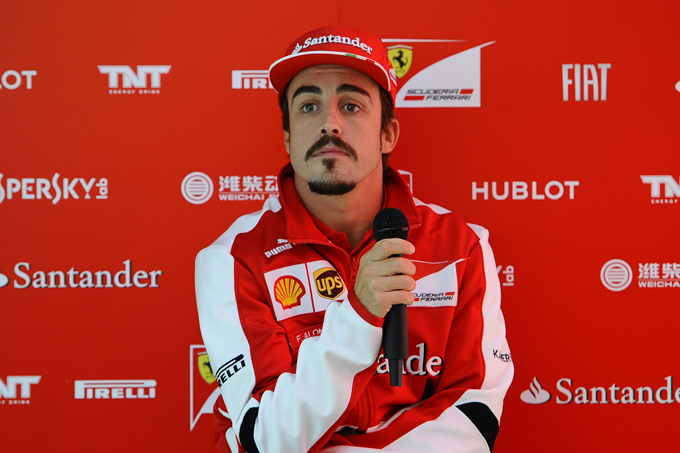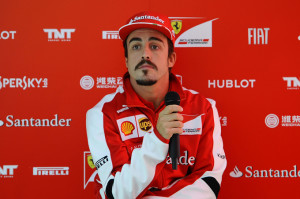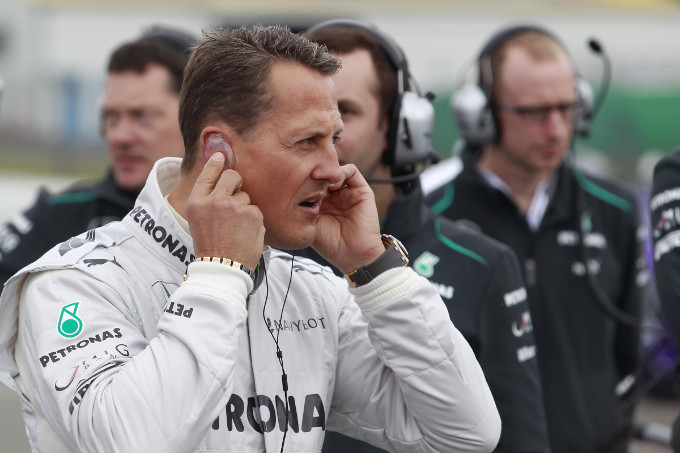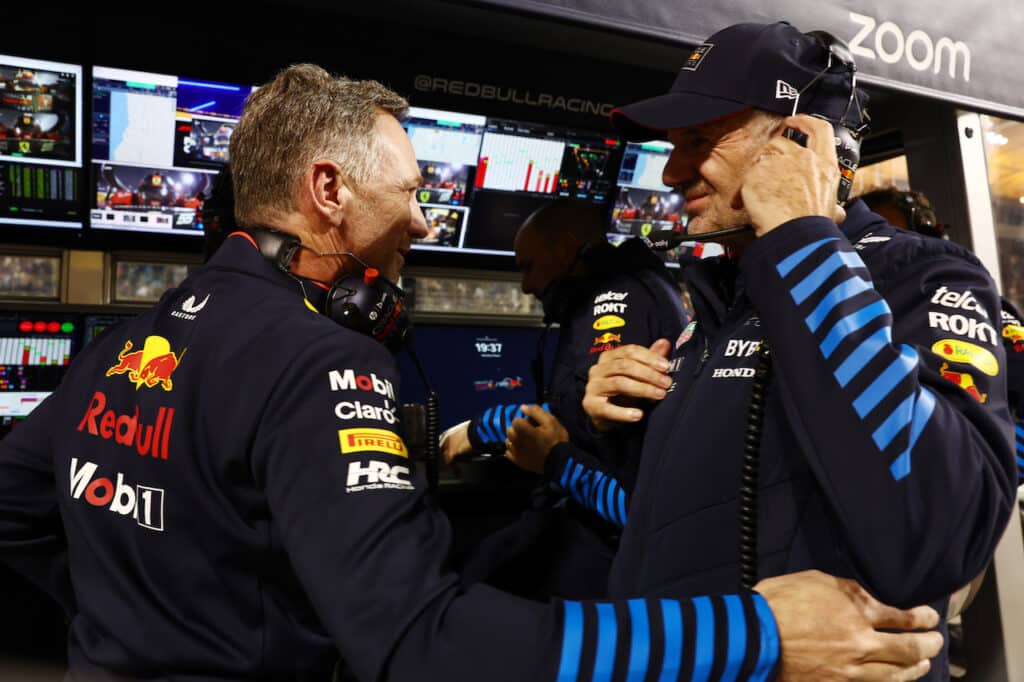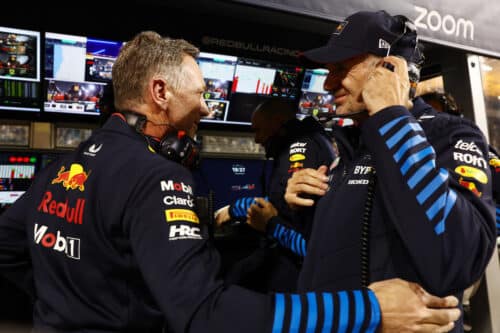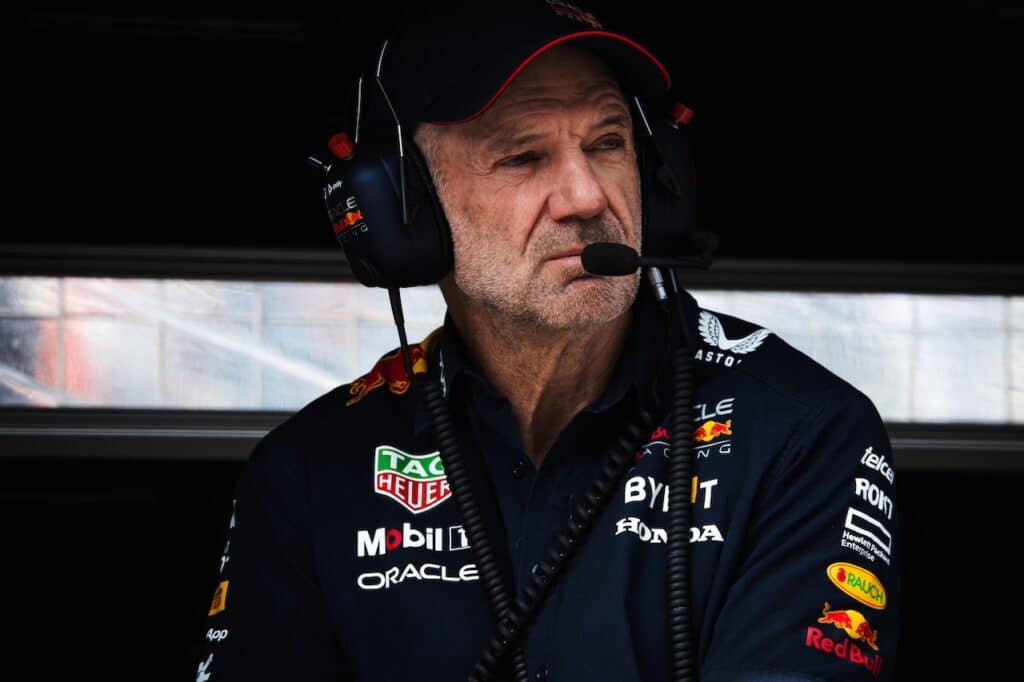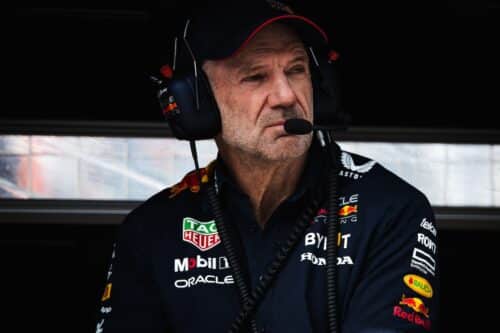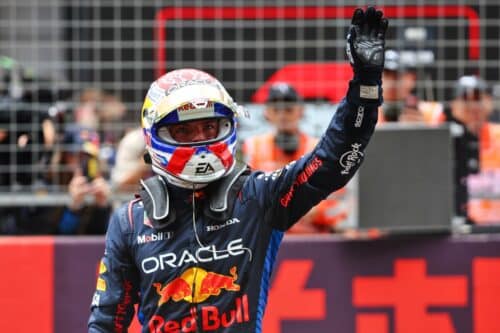Pirelli: explanations on the events at Silverstone and upcoming races
Inverted mounting of the rear tires and low pressures are the cause of the failures
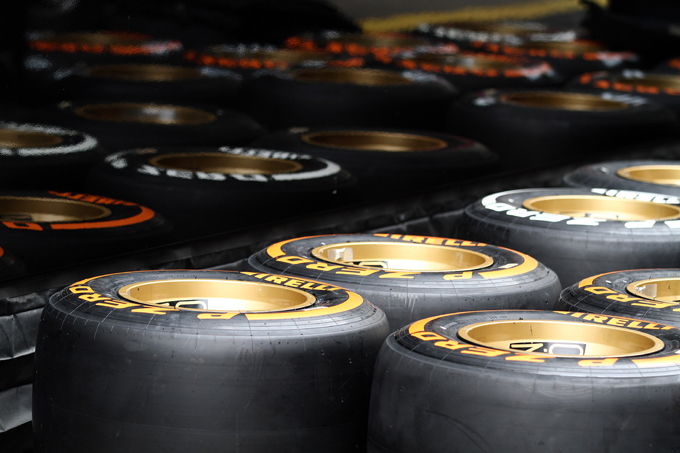
Pirelli, after a careful analysis of the tires used during the Silverstone race, found that the causes of the breakages were mainly attributable to the following factors, which acted in combination with each other:
1) reverse fitting of the rear tyres, i.e. placing the right tire in place of the left one and vice versa, on the cars affected by the breakage. The tires supplied this year have an asymmetrical structure and are not designed to be interchangeable. The sidewalls of the tires are constructed in such a way as to withstand stresses of a different nature between the inside and the outside. Reversing the tires compromises their optimal functionality in certain conditions. In particular, the external part is designed to withstand the severe stresses that develop especially when cornering on a circuit as demanding as Silverstone, with fast left-hand corners and some particularly aggressive curbs.
2) the adoption of tire pressures that are excessively low or in any case lower than those indicated by Pirelli. Underinflation contributes to making the conditions of use of the tires even more stressful;
3) the adoption of high camber angles;
4) particularly aggressive curbs in fast corners, such as Turn 4 at Silverstone, the scene of most of the failures, which not surprisingly affected the left rear tyre.
The only problems that occurred before Silverstone were linked exclusively to delamination which was a totally different phenomenon. Pirelli had undertaken to resolve the delamination by proposing that all teams adopt the tires tested in Canada and which should have made their race debut at Silverstone. The delamination was then resolved by Pirelli with laboratory tests, introducing an adhesive band to ensure better bonding between the tread and carcass. The delamination problem is therefore in no way connected to the breakages that occurred in the British GP.
In light of these findings, Pirelli underlines that:
1) inversion between tires is a practice that has been underestimated by everyone, primarily by Pirelli which has not prevented its adoption;
2) similarly, underinflation and extreme camber, over which Pirelli has no control, are choices which in certain conditions can prove dangerous. To this end, Pirelli has asked the FIA that the relevant parameters be subject to timely verification in the future. The company also proposed that the application of these parameters be controlled by its own delegate;
3) consistently with what the company has always stated, the 2013 tire range, if used correctly, does not put the safety of the drivers at risk, but presents all the safety features required by the FIA.
In light of what has been ascertained, it is therefore essential that the use of tires as sophisticated and high-performance as those supplied for 2013 is regulated and strictly controlled by Pirelli itself, which to ensure optimal functioning needs to receive all information from the teams in real time fundamental data such as pressures, temperatures and camber angles. Pending the introduction of a regulation that allows the tire manufacturer access to this information, which is fundamental for the development and management of such sophisticated tires in the race, to guarantee maximum safety in the next races, Pirelli proposes to the FIA, FOM, teams and drivers:
1) the supply for the German GP of the evolution of the 2013 tyres, whose reliability has already been tested in free practice in Canada and which represents the optimal response to the technical characteristics of the Nurburgring track. In particular, the sets of rear tires that will be supplied for the German Grand Prix on Sunday 7 July are characterized by a Kevlar construction, which replaces the steel of the current structures, and by the reintroduction of the 2012 belt, in order to ensure maximum stability and seal. Considering that these tires are also asymmetrical, inversion will be expressly prohibited. The front tires will, however, remain unchanged.
2) Starting from the Hungarian Grand Prix and for the following races, the introduction of a new range of tyres. The new tires will have a symmetrical structure and with characteristics such as to guarantee maximum safety even in current conditions, i.e. without the availability to the supplier of the data essential for the correct functioning of more sophisticated tyres, such as the 2013 ones. The tires that will be used by Hungarian GP will combine the characteristics of the 2012 structures with the performance of the 2013 compounds. In essence, the new tires will have the same structure, construction and belts as those that ensured maximum safety and performance in 2012. The compounds used will be those that guaranteed faster lap times and wider working ranges during 2013. These specifications, in agreement with the Federation, will be developed together with the teams with 2013 cars at Silverstone from 17 to 19 July in a session dedicated to the top drivers as part of the scheduled tests for young drivers. These tests will contribute to the definitive development of the new range of tyres, giving the teams the opportunity to carry out the appropriate settings of the cars.
“What happened at Silverstone was completely unexpected and is the first time it has occurred in over a century of Pirelli's sporting history – commented Paul Hembery, Pirelli Motorsport Director –. These episodes, which first and foremost caused our deep regret, have made the changes we have already proposed urgent, which we will introduce from next Friday's free practice in Germany. It is important to underline the availability of the Federation, the FOM, the teams and the riders in contributing to finding immediate solutions to the problem. In particular, the introduction of winter tests, agreed with the FIA, which are also more suitable for tire development, in addition to the possibility of conducting tests during the season with cars from the current championship, will help to guarantee tires with increasingly greater safety and performance characteristics . I reiterate that the 2013 product, used correctly, is totally safe. The experience of Silverstone, however, leads us to ask to have full access to the data in order to ensure the correct development and use of tires as sophisticated as those requested and capable of ensuring such high performance (ensures lower lap times of more than two seconds on average). While waiting for the regulation to change, we are therefore reintroducing tires that are easier to manage."
Pirelli press release
if you want to always be updated on our news
Follow us here
